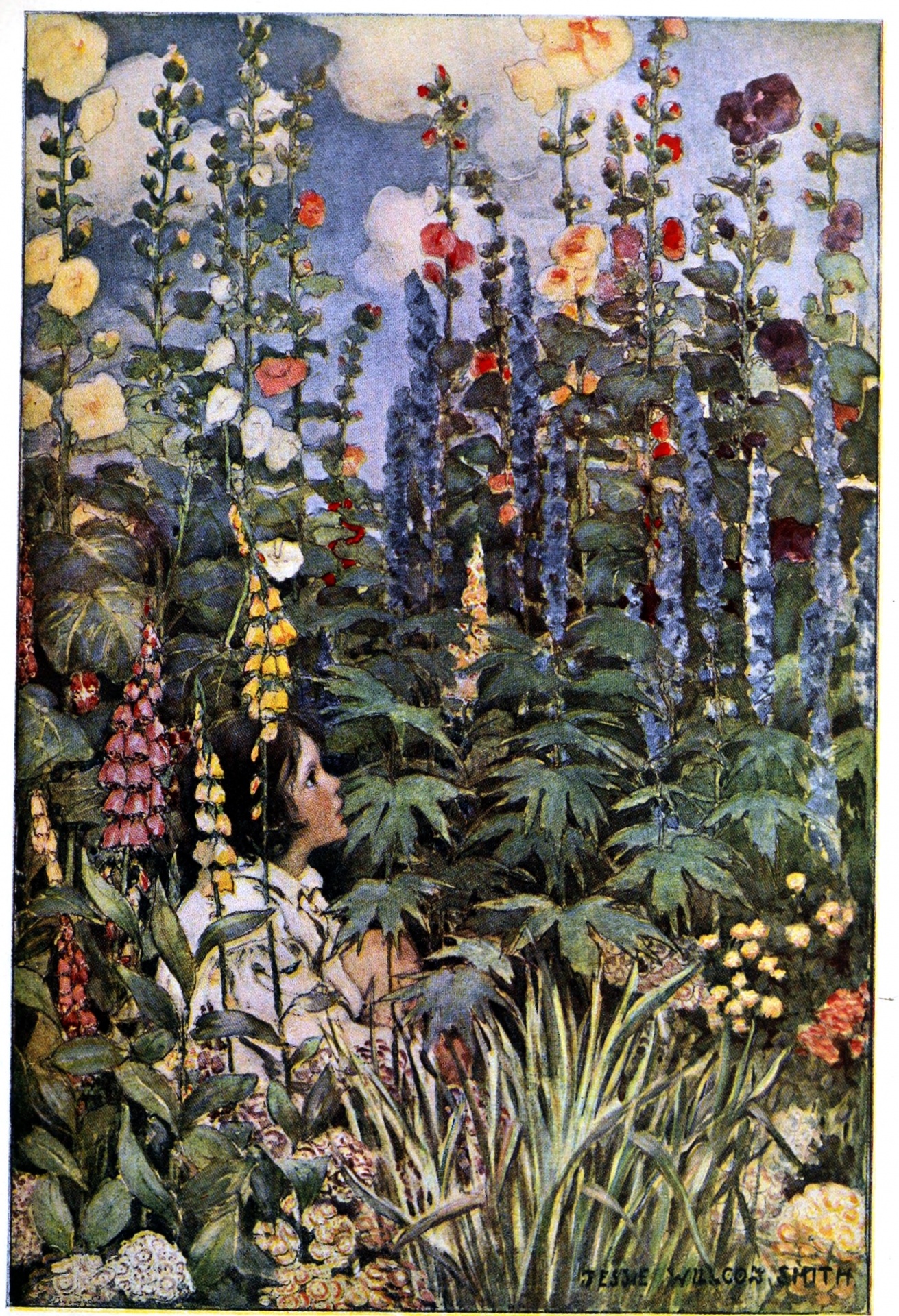Stinging Nettle (Urtica Dioica)
March 9, 2022
Stinging nettle is a hardy perennial native to Europe, Asia, northern Africa and western North America.
It spreads by both seed and rhizomes, which means it's fairly invasive given the opportunity. It prefers moist rich soil in partial shade, but if there's enough moisture, it will grow in full sun as well.
Larger animals tend to avoid it due to its painful sting, so it generally doesn't get grazed to the ground.
![By Randy A. Nonenmacher (Own work) [CC BY-SA 3.0], via Wikimedia Commons By Randy A. Nonenmacher (Own work) [CC BY-SA 3.0], via Wikimedia Commons](https://www.echoesofthegarden.net/wp-content/uploads/2017/03/Urtica_dioica_2846-web.jpg)
It does act as a host plant to the larval stage of a large number of moths and butterflies. It's the exclusive host plant to the Peacock Butterfly caterpillar, which is found throughout Europe.
![By Quartl (Own work) [CC BY-SA 3.0], via Wikimedia Commons By Quartl (Own work) [CC BY-SA 3.0], via Wikimedia Commons](https://www.echoesofthegarden.net/wp-content/uploads/2017/03/Inachis_io_qtl4-web.jpg)
![By Tony Hisgett from Birmingham, UK (Peacock Butterfly Uploaded by Magnus Manske) [CC BY 2.0], via Wikimedia Commons By Tony Hisgett from Birmingham, UK (Peacock Butterfly Uploaded by Magnus Manske) [CC BY 2.0], via Wikimedia Commons](https://www.echoesofthegarden.net/wp-content/uploads/2017/03/Peacock_Butterfly_7822792836-web.jpg)
It was probably not often grown deliberately in the Medieval garden, it being easier to forage for than to get rid of. That doesn't mean that it doesn't have place in the modern cultivated garden. It is an attractive plant which will grow large enough for the eye to interpret as a small shrub, if you let it. I recommend not relying on it for that position though, as you will definitely want to cut this plant back before it seeds itself.
Treat it like you would a mint, otherwise. Put it in a box with a bottom or in a raised bed to control the root spread and every couple of years, in the early fall after the first frost and the last cutting back, go in with a shovel and thin the plants down so the roots aren't strangling.
You can replant the roots elsewhere, share them with friends or throw them out. I do not recommend putting them in the compost without first making sure that the roots are completely dead unless you have mastered the art of making a very hot compost pile (if you have, I envy you. I've never quite gotten the hang of it). Any nettle tops that you've cut back should go right in the compost! They're full of good minerals that will make your garden soil very happy.
If you decide to throw all caution to the wind and proceed with planting it, you can prepare your bed and start with seeds. Be aware that you may need to cool them for several weeks before planting (stratification). Check with your supplier.
Add
to
your
garden
If you'd like to try starting your patch with root cuttings, Local Harvest can help you. I've never bought anything from them. If you decide to try them, please let me know if you're satisfied with the experience. I'm always looking for good places to get unusual plants.
Grow it in your medicinal herb garden and harvest your own healthy tea. Here's a plan for a nice one. Be sure to place your nettles where they won't be brushed against! (The linked article is on a site that may ask you to subscribe.)
This same design would work nicely as a butterfly garden. Give it pride of place in a raised bed in the center bed and surround it by nectar plants and you'll be supporting the entire life cycle of a number of species of butterflies and moths. Substitute a bench for one of the beds and spend your sunny afternoon in the garden with them.

Do put it in an out-of-the-way spot where unsuspecting visitors won't accidentally trip over it. Or try the opposite – put it front and center with a small wattle fence and a sign clearly marking it as a feast for the eyes only.
This video will give you an idea of why you don't want your guests running through the nettle bed. A nod of respect to the young man with the willingness to make sacrifices in the name of science and knowledge!
If there does happen to be an unfortunate incident, DON'T rub on the area! That will only make things worse. First, clean the area with cool water, then remove as many of the stinging hairs as possible. You can try using tape or hair wax products for this. Then you can concentrate on reducing the swelling and rash. This site details the steps you can take to avoid as much discomfort as you can.
As amazing as this plant is, never underestimate its enthusiasm. Keep up with it or it will get away from you. Just in case you need to consider eradicating an over-abundant patch, here are a few things you can try.
Thanks for stopping by!


